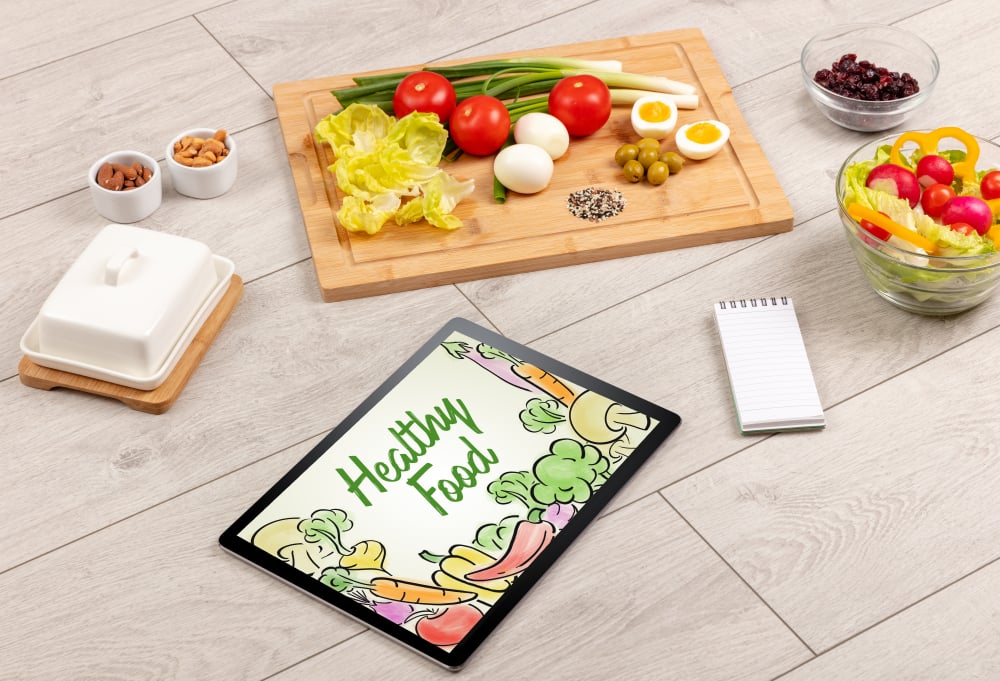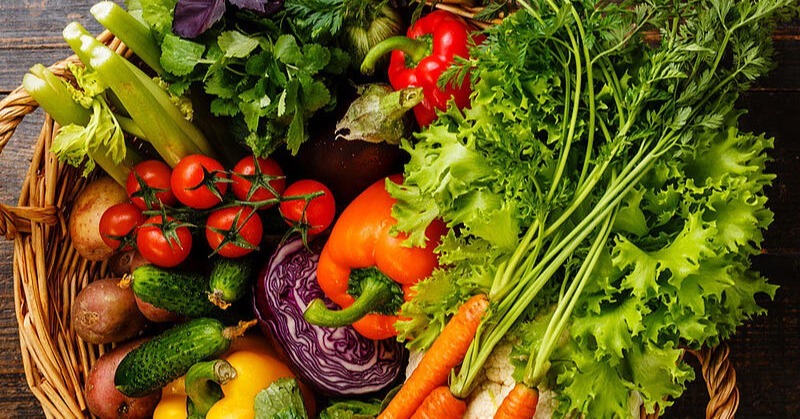Historically, the food industry hasn’t been known for high levels of technology adoption. But recent emerging trends (such as plant-based foods) are forcing food manufacturers to adapt and revitalise their product chain, driven by fierce competition.
This has made new product development a crucial step for bringing innovative food products to the market. In this blog, we break down what each phase looks like in food product development:
3. Concept development and testing
4. Market strategy and business analysis
5. Prototype development and testing
1. Idea generation
The goal here is to generate several ideas that can form the foundation of your new product development strategy. This stage isn’t about producing fool proof ideas that are ready for implementation – instead, raw ideas can be shortlisted and discussed later.
Arrange brainstorming sessions where solving customer problems is the priority. Invite staff from all departments, such as sales, marketing and production, and give them a platform where they can record their ideas, regardless of how obscure they may seem initially.
2. Idea screening
Once you’ve generated a list of ideas, it’s time to choose the ones which have the highest potential for success. For a new product development idea, having a proof of concept (POC) is vital as it helps verify the feasibility of the idea. This stops your team from zeroing in on an idea which isn’t technically possible to create.

SWOT (strengths, weaknesses, opportunities and threats) analysis is another good tool to use when shortlisting new product development ideas.
Your SWOT table should look something like this and pose the following questions:
- Strengths:
- What’s our competitive advantage?
- What resources do we have?
- What are our best performing products?
- Weaknesses:
- What areas can we improve?
- What are our worst performing products?
- Where are we lacking resources?
- Opportunities:
- What technology could we use to improve our operations?
- Is there scope to expand our core operations?
- Which new market segments can we explore?
- Threats:
- What new regulations could threaten our operations?
- What do our competitors do well?
- What consumer trends could threaten our business?

3. Concept development and testing
Before getting started with the new product development process, creating a detailed version of the idea and user stories should be given priority. This helps ensure any problems in your approach are identified sooner and corrected earlier.
Your concept development steps should include:
Quantifying the gain to pain ratio
It’s important to create an insightful picture of what your new product development will look like from your customer’s perspective. This can be done by calculating the gain/pain ratio:
- Gain = the benefits of your product to customers i.e what’s in it for them?
- Pain = the efforts made by your customers to understand and use your product
Conducting a competitor analysis
Having knowledge of the existing market players makes it easier to decipher:
- Where your competitors are lacking
- Where the scope is for improvement
- Where the existing white space in the market is
Making a list of the major product features
When creating a list of these features, it’s imperative to explain how it’s an innovative feature and how it’s going to solve a problem.
Perfect Day did this to great effect with their animal product free ice cream that solved issues for multiple consumer groups. For vegans, it’s a good choice as animals aren’t exploited while it also works for people who are lactose intolerant, as micro-flora is used instead of lactose. In 2021, Leonardo DiCaprio joined Perfect Day as an advisor, cementing the company as a dairy alternative market leader.

Creating a value proposition chart
Your value proposition is your unique identifier – without it, customers don’t have a reason to pick you over one of your rivals. Our recent blog post looked into the importance of having an effective value proposition in the food industry which you can read here.
Concept testing
Once your value proposition is ready, it’s time to present it to a set of selected customers. How they react to the idea is the test of your efforts so far. If it (the idea) doesn’t look promising, it’s best to repeat the idea screening steps to develop a new product.
4. Market strategy and business analysis
Marketing strategy is all about building a method to reach out to your targeted audience. The most straightforward way of doing this is to follow McCarthy’s 4P’s of marketing – price, promotion, product and place. This will help you determine where your new product development efforts are worth the financial investment or not.
It’s also important to identify the base price of your new product to help you determine what the selling price should be. Some ways you can identify the base price include:
- Cost-based pricing model – this is where the initial production cost is added to the mark-up percentage to generate the new product’s final price. For example, if the production cost is £100 and the mark-up is 50%, the final price will be £150
- Market-focused pricing – this is when a price of a product is set according to the current market prices for the same (or similar) products. In other words, it means setting prices in line with your competitors and the prices of their products
Cost has been identified as one of the potential barriers to consumers deciding to buy more meatless products. In fact, recent research found vegan products are on average 14% more expensive than their non-vegan equivalents per serving.

Retailers like The Co-operative Group have reacted by slashing the prices of their own brand plant-based foods to match equivalent meat and dairy-based products.
5. Prototype development and testing
Prototype development is essential to gaining an understanding of what procedures will be required and gives you an idea of how to manage the ingredients, processes and storage on a wider scale. Prototypes can also be shared with stakeholders to help them visualise the product and whether it complies with best practices.
Market testing will help you identify any defects in product, design or other aspects. It will also help you determine the look and worth of your new product development in a particular market. Based on what you find here, you can make the relevant changes for further development.
6. Product launch
After testing all of the concepts through numerous phases, the last step is launch. But before releasing your product, you should have a detailed plan in place. This includes dates for when the product will officially launch as well as who the target customers are.
When it comes to launching, the right positioning versus your rivals is crucial. Some activities you can do to help your product gain traction include:
- Market the concept over the product – instead of endlessly boasting about the product’s features, answer how the product will make your customer’s lives easier
- Create a brand voice – a unique mindset and voice is crucial to success in today’s highly competitive market. Whether it’s website content, emails or blogs, all your messaging needs to be well thought out and clear
Also, feedback from customers will give you an idea about their requirements. Launching a product isn’t the last step in new product development – it’s an ongoing process and further development is key to ensuring the product is successful for years to come.
Innovation is key in today’s turbulent markets
Innovation has always been an important aspect of any food manufacturing company’s competitive positioning. However, it has now become essential in the face of unprecedented challenges for the food industry from areas such as:
- More robust food safety regulations
- Increasing demand for heathier and more sustainable food
- A pressing need to find new solutions to feed a growing population
Innovation is just one area which is driving the future of food. In our guide, we examine the current state of the industry and predict what's in store for 2022 and beyond.
Download your copy by clicking the button below.

